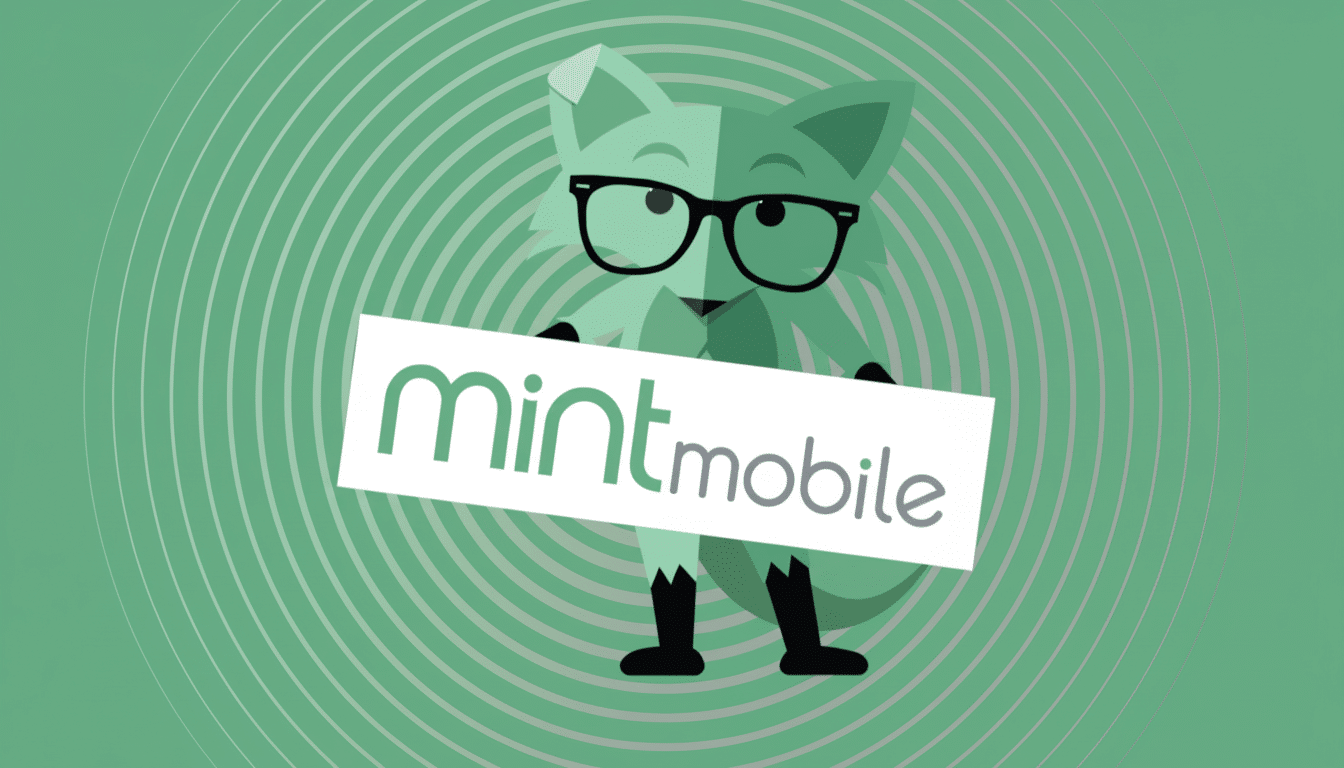Mint Mobile has activated MINTernet, a fixed wireless home internet service that operates on T-Mobile’s 5G network. The headline price — a true $30 per month — is tempting, though whether it’s worth the money depends on where you live and how much you like to pay in advance for your internet connection.
What Mint Is Actually Selling With Its 5G Home Internet
MINTernet is 5G fixed wireless access (FWA): a self-install gateway that draws in T-Mobile’s 5G signal to create Wi‑Fi in your home. There’s no limit on data usage, and setup ought to be a matter of plugging in a modem near a good window. The underlying network is the performance ceiling. In places where T-Mobile’s mid-band 5G (n41) is strong, FWA can feel like cable. When coverage is less robust and relies on LTE or low-band 5G, speeds slow and latency increases.
- What Mint Is Actually Selling With Its 5G Home Internet
- Pricing and the Fine Print: Prepay Terms and Bundles
- Performance and Prioritization on T-Mobile’s 5G Network
- Coverage and Household Fit for Fixed Wireless Internet
- Real-World Expectations for 5G Home Internet Users
- Verdict: Should You Switch to Mint’s 5G Home Internet?

T-Mobile’s own disclosures for home internet refer to “typical” speeds between about 70 and 245 Mbps, and independent tests by Ookla and Opensignal continually tout T-Mobile as the U.S. leader in median downloads over 5G, sometimes north of 200 Mbps in many markets.
That’s the upside. Here’s the catch: FWA competes with mobile users on the same cell sectors for capacity, so performance can drag during times when users are busy.
Pricing and the Fine Print: Prepay Terms and Bundles
The sticker price for Mint is real, but it’s also structured. You can only get the $30-a-month effective rate if you already have a Mint voice line and prepay: $90 for three months, then $360 for a year. Prefer to pay quarterly? That’s $120 every three months, or an effective $40 per month. Not a Mint Mobile customer? You can still obtain MINTernet for $40 a month, usually with an upfront annual payment to cover that cost.
How does that stack up? T-Mobile Home Internet usually costs $50 a month with autopay and taxes included, though it can be as low as $40 with an eligible mobile plan factored in, which is how much T-Mobile charges monthly. Mint’s method is a $60–$240 or so savings per year on paperwork, but you are giving up month-to-month flexibility and taking more risk if the service quality at your address isn’t great.
Performance and Prioritization on T-Mobile’s 5G Network
The big unknown is prioritization. Mint is an MVNO on T-Mobile’s network, and traffic from MVNOs is frequently given a lower priority than the carrier’s own postpaid lines when the network is congested, according to industry analysis as well as agreements with MVNOs. T-Mobile’s in-house home internet service also follows its own traffic policies. If MINTernet traffic is one notch down from that, peak-time congestion may be worse on Mint than on T-Mobile‑branded FWA in busy cells.
Latency for 5G FWA generally ends up in the just fine for streaming, cloud backup, and video calling 30–60 ms range (per Ookla testing and customer reports). Fiber or top-tier cable may still be a better option for competitive gamers and those with lots of simultaneous upstream-heavy tasks in the house. Upload speeds on 5G FWA typically fall within the 10–40 Mbps range, fast enough for small-screen HD video calls but a bit clunky when you’re frequently sending big files.

Coverage and Household Fit for Fixed Wireless Internet
That availability will match T-Mobile’s 5G coverage, which covers tens of millions of households across the country as per the carrier’s public coverage claims and filings. The best experiences are concentrated in suburbs and city areas with solid mid-band 5G; rural and fringe places can be good if there’s a nearby tower that carries mid-band capacity. Before you sign up for a year, test your signal at home (and not just on a phone) because both indoor reception and placement of the gateway matter.
Who benefits most? Renters and cord-cutters seeking no muss, no fuss installation and price point. Homes streaming 4K to a pair of TVs and doing routine Zoom calls should be satisfied if local 5G is strong; adding another incoming stream of bottlenecked data isn’t going to do much. For power users, home studios, or smart homes that have dozens of devices syncing all the time, a cable or fiber connection’s reliability (and better upload speeds) may still win out.
Real-World Expectations for 5G Home Internet Users
There will be a wide range of performance: some addresses will experience 300 Mbps bursts and some slick 4K streaming, while others will hover around 50–100 Mbps with some evening dips. These stats from Consumer Reports surveys and FCC broadband data show just how different FWA performance can be in one neighborhood alone when you’re on the same network. Placement tweaks — an upstairs window, a longer Ethernet run to your router — can, for the most part, make a real-world difference.
Support and equipment also factor in. Although Mint touts easy self-installation, you are dependent on a single gateway for reception and home Wi‑Fi. Power users may prefer to bridge to their own mesh system for broader coverage and additional stability.
Verdict: Should You Switch to Mint’s 5G Home Internet?
Mint’s home internet is worth a shot for the following people: current Mint users who can confidently prepay three months at a time to chase down the lowest price and live in an area with strong T-Mobile 5G service. It undercuts a lot of cable plans and T-Mobile’s own monthly rate, but the savings depend on upfront commitment and could be offset by lower congestion priority within busy cells.
If you absolutely need ironclad performance, fiber is still the gold standard, and cable’s pricier tiers will also give you steadier uploads. For everyone else — particularly cord-cutters in search of a clean bill and fast-enough speeds — MINTernet is a reputable new budget contender. Just verify your local signal before signing a yearlong contract, and manage your expectations in the face of shared 5G capacity.

